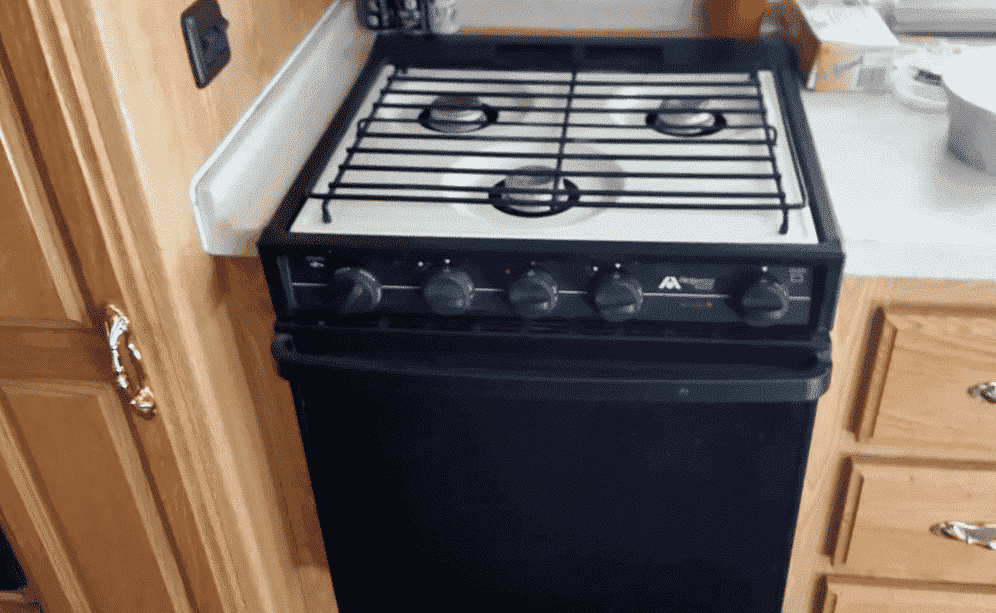
Stoves come in different shapes and sizes. The number of features their users will have also depends on the model that you decide to select. But these are some of the most important things to have in your home.
This is because these stoves allow people to cook food. Talking about this, if you own an RV, then you might have heard about Atwood.
This company is known for manufacturing products for these vehicles. All of their devices are reliable and are even used in prebuilt RVs. Considering this, your RV might also have a product from Atwood in it.
While all of these are amazing there are still some problems that you can end up running into. We will be using this article to provide you with some troubleshooting methods for an Atwood RV stove.
Atwood RV Stove Troubleshooting
- Clogged Up
Sometimes you might notice that your Atwood RV stove has completely stopped functioning. The most common reason for this is that these stoves can easily get clogged up.
While cooking food, small debris can fall on the burner. Which can then start to stuck on it. These can then pile up and start blocking the gas flow from reaching the igniter.
If this happens then your stove will be unable to light up. Alternatively, the flame on your device might be quite low. Whatever the case might be, you should start by switching off the gas. This acts as a precaution; you can remove the grate above your burner.
Finally, take off the cap and burner base. If these are sealed shut then you might have to remove some screws. After these have all come off, you can proceed to clean up your stove.
Use soap and warm water to completely remove any dirt particles or debris that might be stuck on your device. These should all come off easily. If there is still some of the debris stuck then you can even apply a little vinegar to the base. Keep it there for some time before rinsing it.
Now use a sharp object like a needle to clean off the burner holes. This will completely get rid of the blockage on your stove. You can then reinstall all the things you took off and your stove should now be working without any problems.
- Loose Connection
While trying to switch on your stove, you might notice that there are no sparks on it. If this happens then you will be unable to start the stove. The most common reason for this can be that there is a loose connection.
If not, then your wires might have become damaged. If you have recently installed the system or made any changes then the wires might have gotten disconnected or loose.
Check all of the connections on your stove to confirm this. Now remove the main power from your device and check if there is any current coming to the outlet. This can be confirmed by using a voltmeter. If there are problems with your outlet then you can either replace it or use another one.
Usually, dead outlets have a broken fuse in them which takes a few minutes to replace. Keep in mind that checking these electrical wires can be dangerous. This is why you should contact an expert instead of fixing them on your own.
- Faulty Ignitor
If your stove is still not working and you have even tried the steps mentioned above. Then your ignitor has most likely become faulty. There is one method that can be used to confirm if the ignitor is faulty or not.
Start by switching off all the lights in your room. You can then switch on the ignitor and notice its color. Usually, this needs to be white, blue, or in between.
However, if it is orange or yellowish then you will most likely have to replace this. You should contact Atwood for this and they should be able to provide you with a new ignitor. Make sure that you tell them about the model of your stove to avoid any compatibility problems.
If you take your vehicle to a store verified by the company then they might be able to install it for you as well. This is usually better than trying to change the ignitor yourself.


Oven door on my rv Atwood oven does not close tight. Is there a way of adjusting the door.